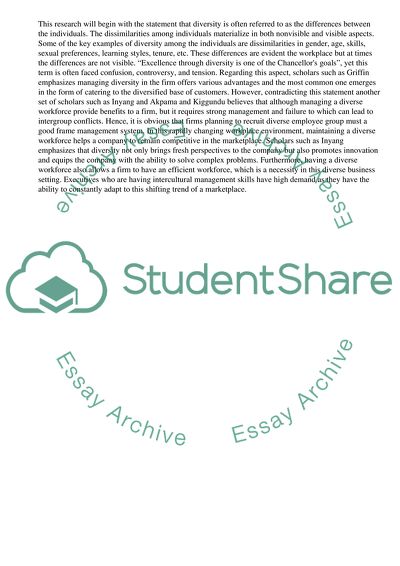Cite this document
(“Diversity Leadership in IHRM Essay Example | Topics and Well Written Essays - 2750 words”, n.d.)
Diversity Leadership in IHRM Essay Example | Topics and Well Written Essays - 2750 words. Retrieved from https://studentshare.org/management/1628040-diversity-leadership-in-ihrm
Diversity Leadership in IHRM Essay Example | Topics and Well Written Essays - 2750 words. Retrieved from https://studentshare.org/management/1628040-diversity-leadership-in-ihrm
(Diversity Leadership in IHRM Essay Example | Topics and Well Written Essays - 2750 Words)
Diversity Leadership in IHRM Essay Example | Topics and Well Written Essays - 2750 Words. https://studentshare.org/management/1628040-diversity-leadership-in-ihrm.
Diversity Leadership in IHRM Essay Example | Topics and Well Written Essays - 2750 Words. https://studentshare.org/management/1628040-diversity-leadership-in-ihrm.
“Diversity Leadership in IHRM Essay Example | Topics and Well Written Essays - 2750 Words”, n.d. https://studentshare.org/management/1628040-diversity-leadership-in-ihrm.


